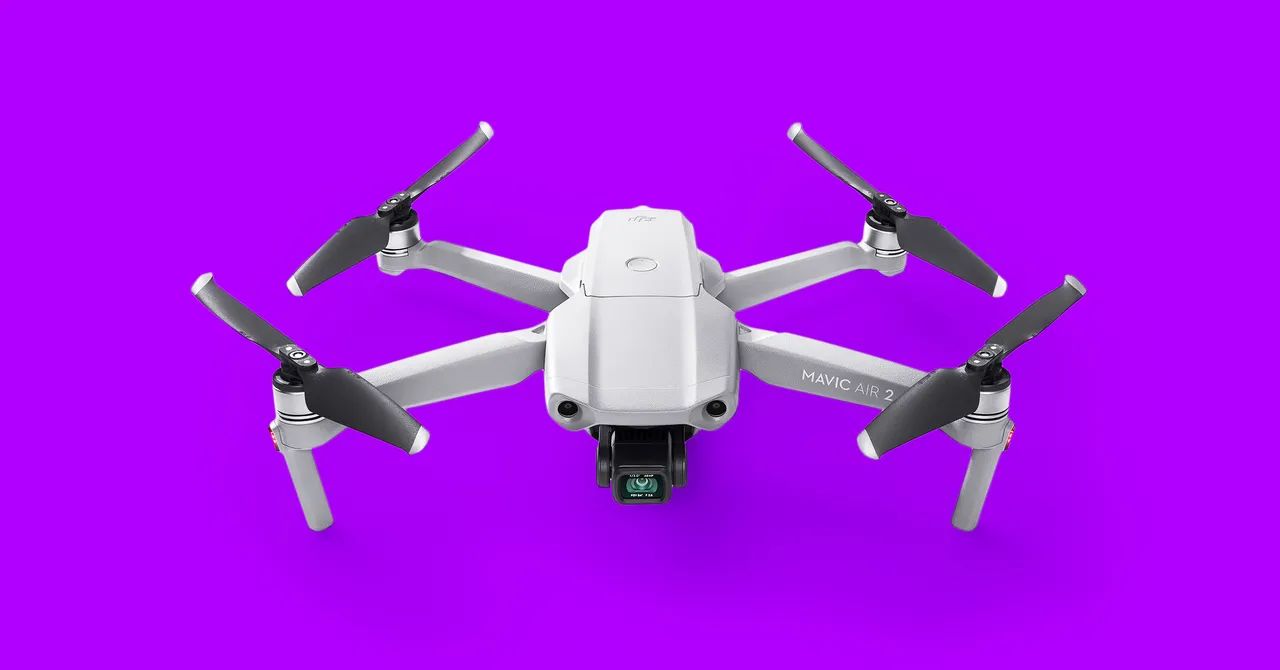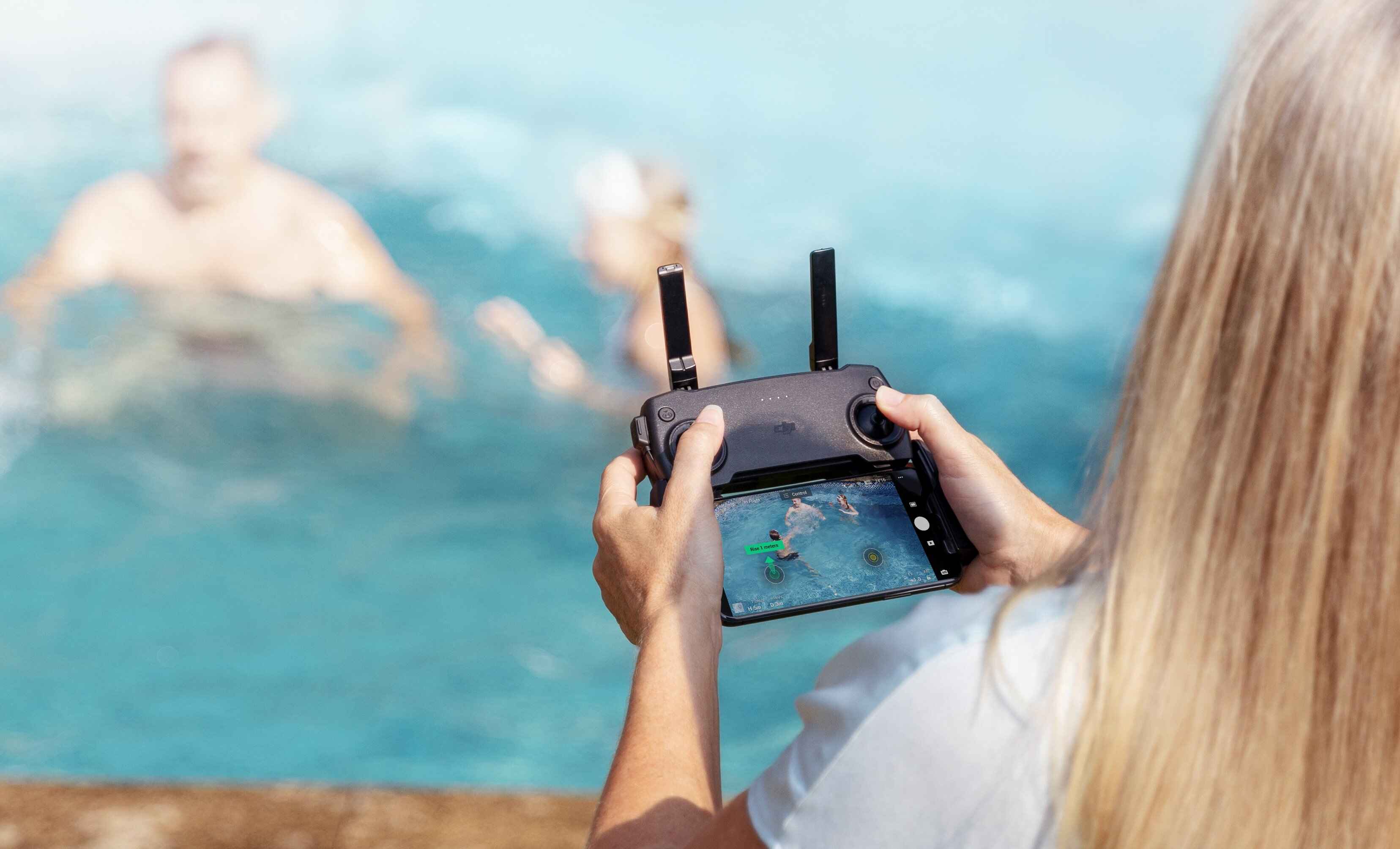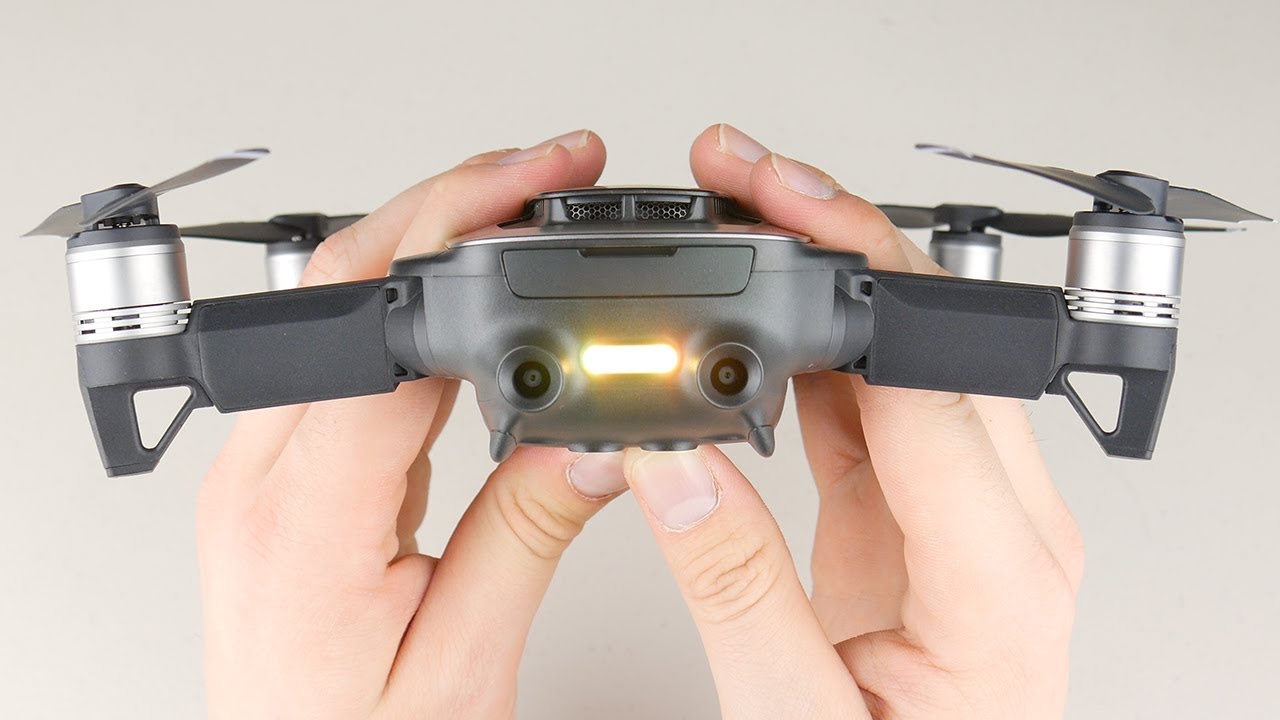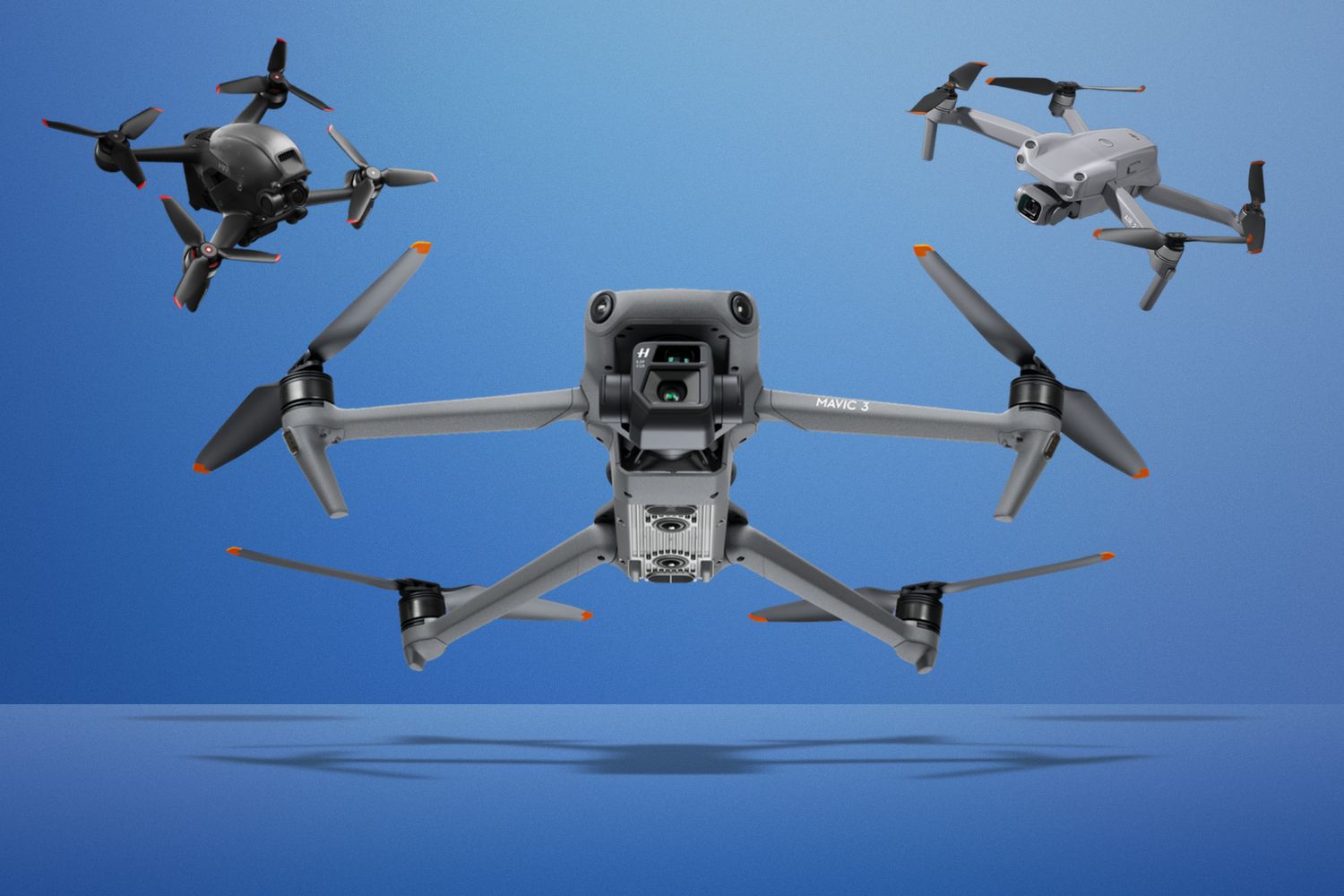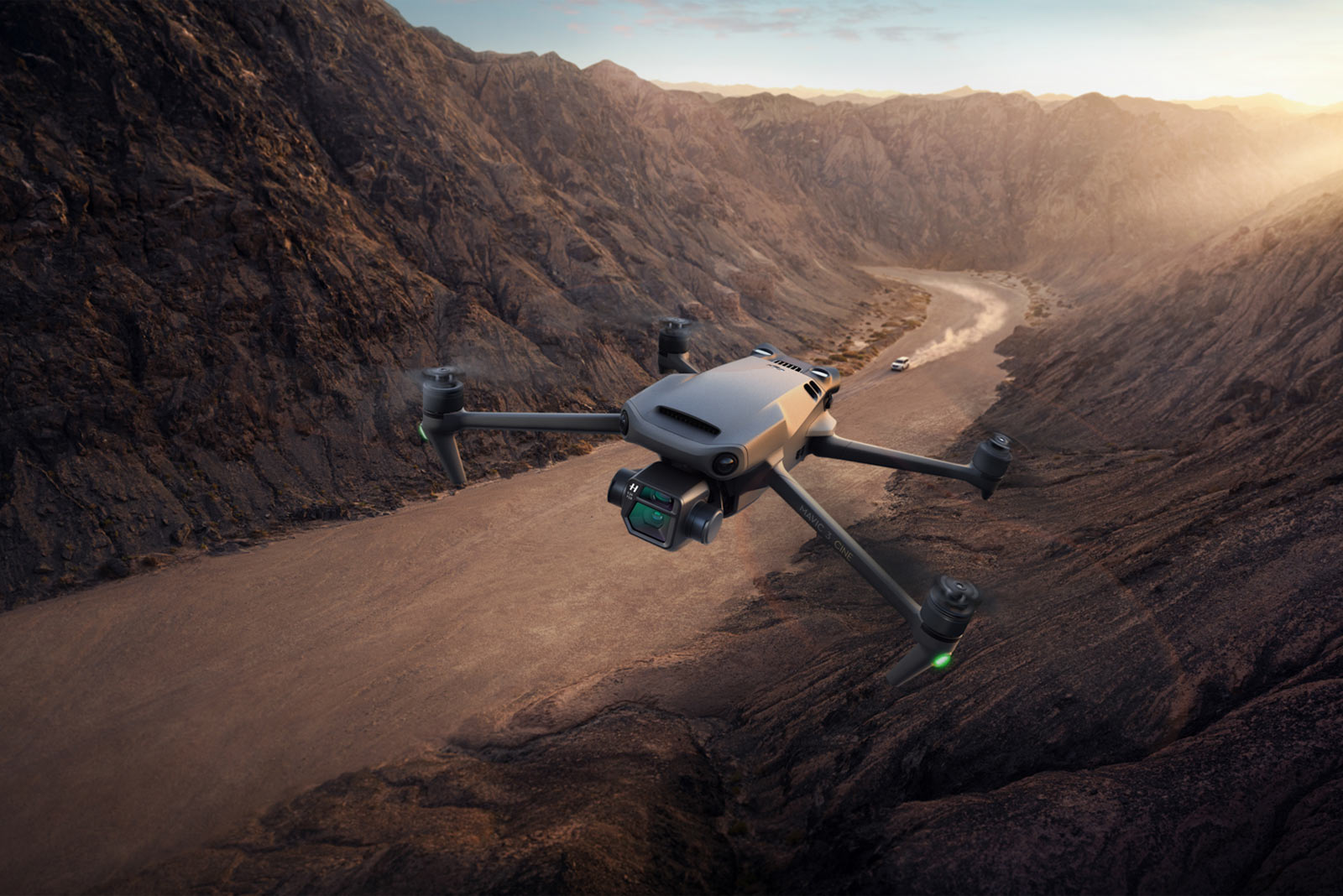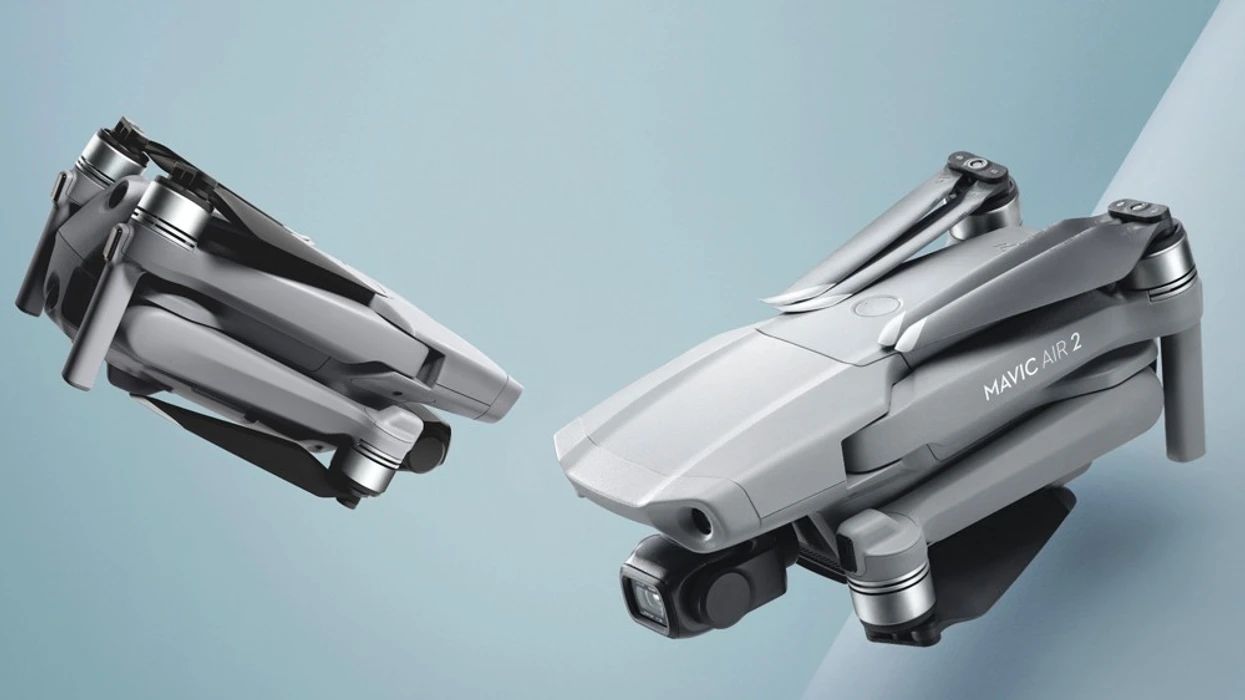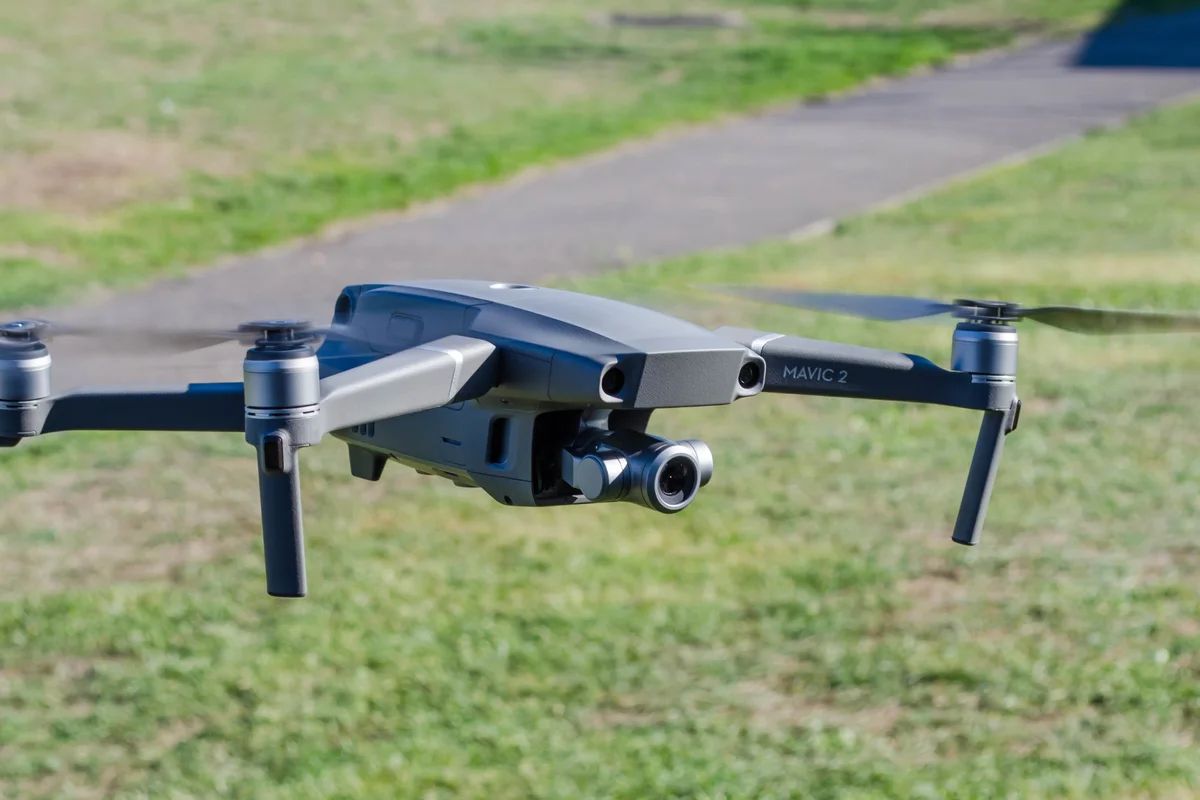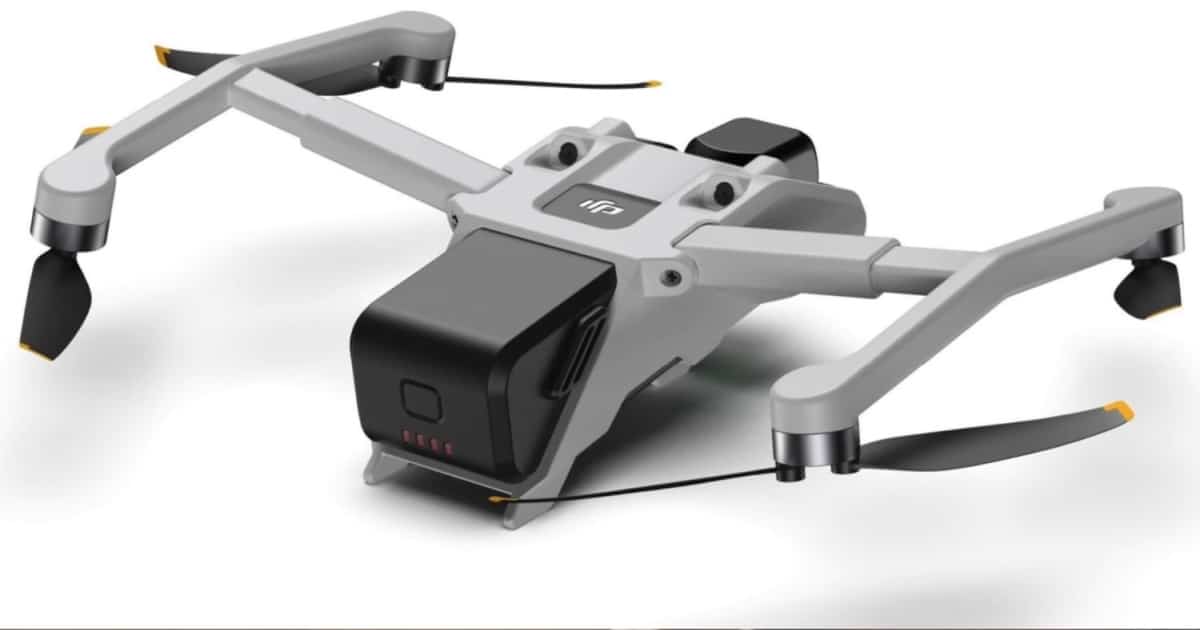Introduction
With its advanced features and cutting-edge technology, the DJI Mavic Air 2 has become one of the most popular drones on the market. This compact and lightweight drone boasts impressive flight capabilities and stunning aerial photography options. One question that often arises among drone enthusiasts is, “How high can a DJI Mavic Air 2 fly?”
The maximum flight height of the DJI Mavic Air 2 is influenced by several factors, including regulatory restrictions, battery life, and signal strength. In this article, we will delve into the details of the Mavic Air 2’s maximum altitude capabilities. We will also explore the potential risks and limitations associated with exceeding these limits.
Understanding the restrictions and regulations surrounding maximum flight heights is essential for any responsible drone pilot. By adhering to these guidelines, you can ensure a safe and enjoyable flight experience while avoiding legal consequences.
In the following sections, we will provide valuable insights into the factors that influence the maximum flight height of the DJI Mavic Air 2. We will also offer tips for flying at maximum altitudes and discuss the potential risks of exceeding the allowed limits. So, let’s dive in and explore the fascinating world of aerial exploration with the DJI Mavic Air 2.
Factors Influencing the Maximum Flight Height
Several key factors come into play when determining the maximum flight height of the DJI Mavic Air 2. Understanding these factors will help you better comprehend the limits and capabilities of this remarkable drone.
- Regulatory Restrictions: The first and foremost factor influencing the maximum flight height is regulatory restrictions imposed by local aviation authorities. Depending on your location, there may be specific rules and regulations regarding drone operations, including altitude limitations. It is crucial to familiarize yourself with these restrictions and ensure compliance to avoid any legal repercussions.
- Battery Life: Another critical factor to consider is the battery life of the drone. As the Mavic Air 2 ascends to higher altitudes, it requires more power to maintain stable flight and transmit data. Higher altitudes put additional strain on the battery, leading to faster drainage. It is important to monitor the battery levels and return the drone to a lower altitude within a safe range to ensure a safe and controlled landing.
- Signal Strength: The signal strength between the remote controller and the drone also plays a significant role in determining the maximum flight height. As the drone climbs higher, the strength and stability of the signal can weaken. In turn, this may cause communication issues and potential loss of control. It is crucial to maintain a strong and uninterrupted signal connection to ensure precise control over the drone at all times.
- Environmental Conditions: Environmental factors such as wind speed, temperature, and air pressure can impact the maximum flight height of the DJI Mavic Air 2. Strong winds can make it difficult for the drone to maintain stability and control, which may limit the maximum achievable altitude. Similarly, extreme temperatures and high altitudes with lower air pressure can affect the drone’s performance. It is important to consider the prevailing environmental conditions before attempting to fly at higher altitudes.
By comprehending these factors, you can make informed decisions while flying the DJI Mavic Air 2 and ensure a safe and enjoyable experience. Adhering to regulatory restrictions, monitoring battery life, ensuring a strong signal connection, and being mindful of environmental conditions will greatly contribute to maximizing the drone’s flight height capabilities.
Understanding DJI Mavic Air 2’s Maximum Altitude Capabilities
The DJI Mavic Air 2 offers impressive maximum altitude capabilities that allow you to explore the skies and capture breathtaking aerial footage. Understanding these capabilities is essential for both beginner and experienced drone pilots.
The DJI Mavic Air 2 has a specified maximum flight altitude of 500 meters (1,640 feet) above ground level (AGL). This height restriction ensures safe operations and compliance with aviation regulations in many countries. The drone’s advanced flight control system and GPS technology help maintain stability and precise positioning at higher altitudes.
However, it is important to note that regulations regarding maximum flight altitude may vary depending on your location. Some countries or regions may have stricter height restrictions, while others may allow for higher altitudes with proper authorization or permits. It is always advisable to check and comply with local laws and guidelines to ensure a legal and safe flight.
The Mavic Air 2 also has built-in altitude limits to provide an added layer of safety. The default maximum altitude limit set by DJI is 120 meters (394 feet) AGL. This restriction is designed to prevent inexperienced pilots from inadvertently flying the drone too high and losing control.
Additionally, DJI offers a feature called ‘Max Altitude’, which allows users to customize the maximum flight height within a predefined range. This feature can be useful in areas where height restrictions are less strict or when special permissions have been obtained. However, it is essential to exercise caution and ensure compliance with local regulations even when using custom altitude limits.
By understanding the DJI Mavic Air 2’s maximum altitude capabilities and complying with applicable regulations, you can confidently explore the skies and capture stunning aerial visuals. It is crucial to practice safe and responsible flying techniques to ensure the safety of yourself, others, and the drone.
Regulatory Restrictions and Limitations
When it comes to flying drones like the DJI Mavic Air 2, it is important to be aware of the regulatory restrictions and limitations imposed by aviation authorities. These rules are in place to ensure safety and protect airspace integrity. Here are some key considerations regarding regulatory restrictions:
- Maximum Altitude Limits: Different countries and regions have varying maximum altitude limits for drone operations. It is essential to check the regulations specific to your location and adhere to the prescribed limits. Failure to comply with these restrictions can lead to legal consequences and compromise the safety of manned aircraft and other airspace users.
- No-Fly Zones and Restricted Areas: Aviation authorities designate certain areas as no-fly zones or restricted areas where drones are prohibited or require special authorization to operate. These areas may include airports, military installations, national parks, and government buildings. It is crucial to consult official sources or dedicated drone apps to identify these restricted zones and avoid flying in them.
- Flight Permissions: In some cases, you may need to obtain flight permissions or permits to fly at higher altitudes or in restricted airspace. These permissions can typically be obtained through online applications or by contacting the relevant authorities. Always plan ahead and allow sufficient time to secure any necessary permits before your intended flight.
- Visual Line of Sight (VLOS) Requirement: Many regulations require drone pilots to maintain visual line of sight with their aircraft during operations. This means you must be able to see the drone with unaided vision at all times. Flying beyond visual line of sight (BVLOS) is usually prohibited, as it poses a greater risk to the safety of the drone and other airspace users.
- Privacy and Data Protection: When flying a drone, it is important to respect the privacy of others and comply with applicable data protection laws. Avoid capturing images or videos of individuals without their consent, and be mindful of sensitive areas where privacy may be a concern.
It is crucial to familiarize yourself with the specific regulations and limitations in your region and follow them diligently. Ignoring or breaching these rules not only carries legal consequences but also poses risks to people, property, and other aircraft. By flying responsibly and within the confines of the established regulations, we can ensure the continued safe and enjoyable use of drones like the DJI Mavic Air 2.
Tips for Flying at Maximum Altitudes
Flying your DJI Mavic Air 2 at maximum altitudes can provide a unique perspective and breathtaking aerial views. However, it is crucial to follow these tips to ensure a safe and successful flight:
- Check Local Regulations: Before attempting to fly at the maximum altitude allowed, familiarize yourself with the specific regulations and limitations in your area. Ensure that you are compliant with the rules regarding maximum height restrictions and obtain any necessary permits or authorizations.
- Monitor Battery Levels: As the drone ascends to higher altitudes, the battery drains more quickly due to increased power requirements. Keep a close eye on the battery level and plan your flight accordingly to have sufficient power remaining for a safe return to a lower altitude.
- Optimize Flight Conditions: Fly in calm weather conditions to minimize the effects of wind on your drone’s stability and control. Choose clear skies with good visibility to maintain a visual line of sight with your drone.
- Maintain Line of Sight: Always keep your drone within your visual line of sight, as required by many regulations. This will allow you to maintain better control and avoid potential collisions with other obstacles or aircraft.
- Ensure Signal Strength: Strong and uninterrupted signal connection between the remote controller and the drone is crucial, especially at higher altitudes. Fly in areas with minimal interference and make sure the antennae are properly positioned for optimal signal reception.
- Be Mindful of Airspace Restrictions: Even if you are within the maximum altitude limit, be aware of any restrictions or airspace classifications in your location. Avoid flying near airports, military installations, or other restricted areas that may pose a safety risk or require special permissions.
- Capture Stunning Footage: While flying at maximum altitudes, take advantage of the elevated perspective to capture stunning aerial footage. Experiment with different camera settings and shooting angles to create visually captivating videos and photos.
Remember, safety should always be your top priority. Regularly practice and refine your piloting skills to ensure precise control and minimize the risks associated with flying at higher altitudes. By following these tips, you can make the most of your DJI Mavic Air 2’s capabilities while ensuring a safe and enjoyable flight experience.
Exceeding the Maximum Flight Height: Consequences and Risks
Exceeding the maximum flight height of the DJI Mavic Air 2 can have serious consequences and pose significant risks to the drone, other aircraft, and the surrounding environment. It is essential to understand the potential repercussions of flying beyond the established limits:
- Legal Consequences: Exceeding the maximum flight height is a violation of aviation regulations and can result in legal repercussions. Depending on the jurisdiction, penalties may include fines, confiscation of the drone, or even criminal charges. Familiarize yourself with the specific regulations in your area to avoid any legal troubles.
- Safety Hazards: Flying at excessive altitudes increases the chances of losing control over the drone. The higher the drone flies, the greater the risk of encountering strong winds, signal interference, or power failures. These factors can compromise the stability and maneuverability of the drone, leading to accidents or crashes.
- Risk to other Aircraft: Exceeding the maximum flight height poses a significant risk to the safety of manned aircraft. Drones flying at higher altitudes may enter the airspace used by commercial airplanes, helicopters, or other aircraft. Collisions between drones and manned aircraft can have catastrophic consequences, endangering lives and causing severe damage.
- Loss of Visual Awareness: As the drone reaches higher altitudes, it may become challenging to maintain visual contact with the aircraft. Losing sight of the drone can lead to disorientation, making it difficult to judge the drone’s orientation, position, and proximity to other obstacles. This increases the chances of collisions or unintended flights over restricted areas.
- Negative Public Perception: Irresponsible flying practices, including exceeding the maximum flight height, can contribute to negative public perception towards drone users. By disregarding the rules and endangering the safety of others, drone pilots risk damaging the reputation of the entire drone community.
It is crucial to prioritize safety, abide by the regulations, and be a responsible drone pilot. By understanding the potential consequences and risks associated with flying beyond the maximum height limit, you can make informed decisions and ensure the safe operation of your DJI Mavic Air 2. Remember, the sky is vast, but it is essential to explore it with care and respect for the well-being of others and the integrity of our airspace.
Frequently Asked Questions (FAQs)
Here are some commonly asked questions related to the maximum flight height of the DJI Mavic Air 2:
- 1. Can I fly the DJI Mavic Air 2 above the specified maximum altitude?
- 2. Are there any ways to increase the maximum flight height of the DJI Mavic Air 2?
- 3. Do different countries have different maximum flight height limits?
- 4. Can I request permission to fly the DJI Mavic Air 2 above the maximum altitude?
- 5. What are the risks of flying above the maximum flight height?
The DJI Mavic Air 2 has a maximum flight height specification to ensure safety and comply with regulations. It is important to respect these limits and avoid flying the drone above the specified maximum altitude.
The maximum flight height of the DJI Mavic Air 2 is determined by its firmware and built-in safety features. It is not advisable to attempt to modify or alter the drone’s settings to increase the maximum flight height, as it can compromise safety and violate regulations.
Yes, maximum flight height limits can vary from country to country. It is important to check the regulations specific to your location to determine the maximum altitude allowed for drone operations.
In some cases, it is possible to obtain special permissions or permits to fly at higher altitudes. However, this typically requires proper authorization and compliance with specific regulations. Contact the relevant aviation authority in your area to inquire about the process for obtaining such permissions.
Flying above the maximum flight height can pose risks such as loss of control, reduced signal strength, collisions with other aircraft, and legal consequences. It is crucial to adhere to the established limits to ensure the safety of yourself, others, and the drone.
These are general answers to frequently asked questions regarding the maximum flight height of the DJI Mavic Air 2. It is important to note that drone regulations and guidelines may vary by location, so always consult the local authorities and follow the applicable laws to ensure a safe and compliant flight.
Conclusion
Understanding the maximum flight height of the DJI Mavic Air 2 is crucial for safe and responsible drone flying. By taking into account factors such as regulatory restrictions, battery life, signal strength, and environmental conditions, you can maximize your drone’s altitude capabilities while ensuring compliance with the law.
It is important to remember that each country or region may have specific regulations and limitations regarding maximum flight heights for drone operations. Familiarize yourself with these guidelines and always fly within the specified limits to avoid legal consequences and ensure the safety of yourself, others, and the airspace.
When flying at maximum altitudes, proper planning, monitoring battery levels, maintaining a strong signal connection, and being mindful of environmental conditions are essential. Adhering to visual line of sight requirements and respecting privacy and data protection laws contribute to responsible and respectful drone operation.
Exceeding the maximum flight height can lead to severe consequences, including legal repercussions, safety hazards, and negative public perception. It is therefore crucial to prioritize safety, obey regulations, and be a responsible drone pilot to protect airspace integrity and maintain a positive image of the drone community.
By following the provided tips and guidelines, you can confidently explore the skies with the DJI Mavic Air 2, capturing stunning aerial footage and enjoying the thrills of flying a high-performance drone while staying within the bounds of safety and legality.







